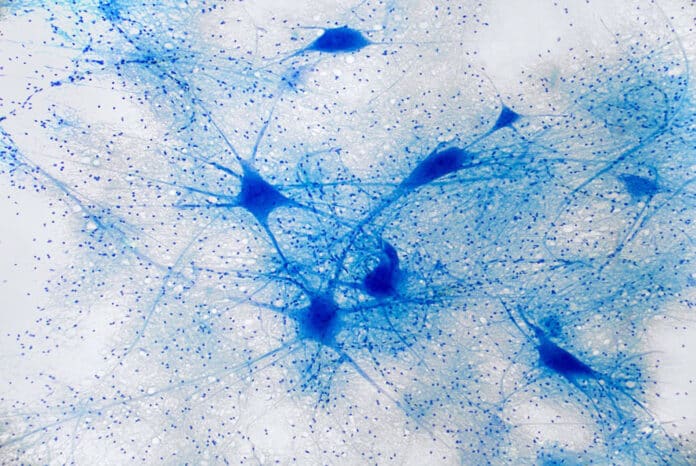A deadly neurodegenerative disease called ALS (amyotrophic lateral sclerosis) causes the brain and spinal cord’s upper and lower motor neurons to malfunction and eventually die. It causes the loss of the ability to move muscles voluntarily, which results in paralysis and, ultimately, death.
A few years ago, scientists discovered genes connected to the disease. One of these genes, NEK1, has mutations connected to as many as 2% of all ALS cases, making it one of the most widely recognized causes of the disease.
However, it remains obscure how the mutated gene disrupts the function of the motor neuron and causes it to degenerate and die.
For the first time, researchers at Northwestern Medicine have uncovered how this gene mutation causes ALS (amyotrophic lateral sclerosis). They discovered that the mutation results in two problems for the neuron. First, it makes the structures in the neuron that support the axon less stable and more prone to collapsing.
The second issue is that the mutation interferes with nuclear import, a process by which neurons transport cargo into their nuclei through RNA or proteins. The nucleus’ essential role in the activity of the cell is impaired in the absence of RNA import.
Lead author Evangelos Kiskinis, assistant professor of neurology and neuroscience at Northwestern University Feinberg School of Medicine, said, “By illuminating these two pathways, we’re suggesting these are great therapeutic targets for the disease.”
“This discovery is important because a breakthrough in ALS research in the last few years was discovering that nuclear import is disrupted in other forms of genetic ALS. We are linking this new cause of ALS to other genetic causes in which the same process is disrupted.”
The structural components of the nerve’s axon, which are destabilized in ALS, are microtubules. It was known that anti-cancer drugs like paclitaxel help stabilize the microtubules.
Scientists tested these anti-cancer drugs in ALS models of human neurons. The medications restored the functionality of nerve cells with the ALS mutation and stabilized microtubules in vitro.
Kiskinis says it would be exceptionally challenging to use such anti-cancer drugs to treat ALS patients. They would likely have severe side effects and a very narrow dose range, as over-stabilizing microtubules can be toxic to neurons. However, the findings serve as proof of principle.
“This suggests that stabilizing microtubules is a rational therapeutic approach in ALS.”
Journal Reference:
- Jacob Mann, Elizabeth Mckenna et al. Loss of function of the ALS-associated NEK1 kinase disrupts microtubule homeostasis and nuclear import. Science Advances. DOI: 10.1126/sciadv.adi5548
